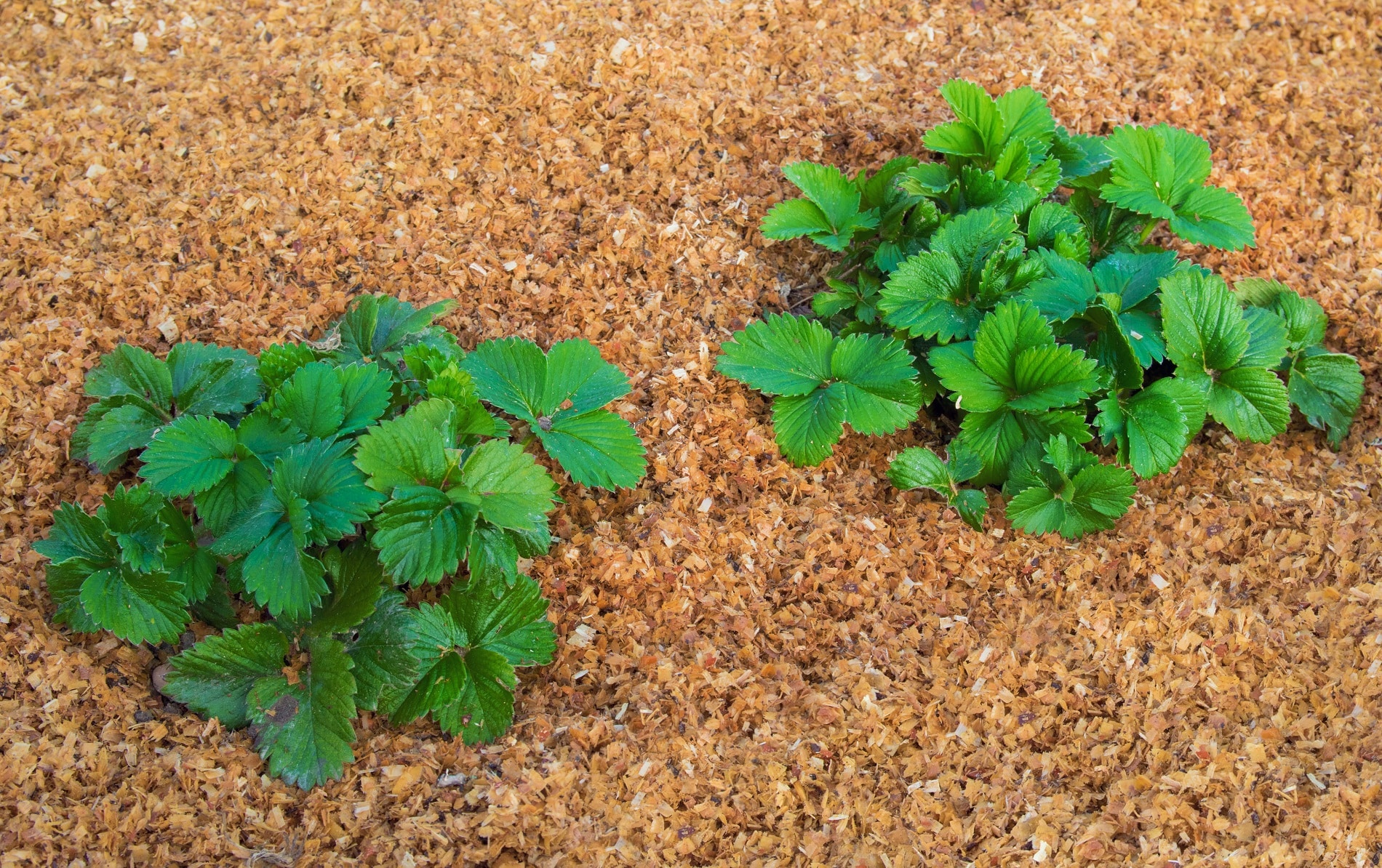When you invest time and effort into irrigation systems, you want to ensure that water properly soaks into the soil and hydrates your crops. Yet one of the biggest culprits of a dry field is poor soil moisture conservation.
From harsh winters to scorching summers, proper plant hydration is key to a healthy harvest. Enter mulching, a sustainable way to improve soil moisture retention on your rural property.
To start mulching, take a look at our comprehensive guide on mulch types, applications, benefits, and more.
Protecting Soil and Crops with Mulch
Mulch helps minimize soil water loss by reducing the level of water evaporation. It acts as a protective barrier on top of the soil, and it can1:
- Conserve soil moisture
- Moderate soil temperature
- Deter weed growth
- Reduce runoff
- Minimize soil erosion
All in all, mulch will help you conserve water on your rural acreage, making it a tried-and-true method for eco-friendly land stewardship.
Types of Mulch and Their Benefits
There are many types of mulch to choose from based on your climate, soil type, and plant selection. But the best mulch for your home garden may not work for crop fields, so let’s take a look at three common kinds of mulch.
Organic Mulch
Organic mulches are extremely beneficial for the soil. In addition to all the characteristics we’ve mentioned, organic mulches also release essential nutrients through decomposition. As the organic materials break down directly into the ground, you’ll improve your soil health and deliver more nutrients to plants.1
There are a variety of organic mulches to choose from2:
- Bark chips
- Pine needles
- Straw
- Shredded leaves
- Leaf mold
- Grass clippings
- Cocoa hulls
- Compost
- Newspaper or cardboard
Since they decompose, you will have to replenish organic mulch more often than synthetic mulche.
Inorganic Mulch
Synthetic mulches have a longer lifespan than their organic counterparts, but since they do not decompose, they provide no benefits to soil fertility. They also have a tendency to absorb heat, which can be detrimental to crop health in the hot summer months.
That said, inorganic mulches are effective at suppressing weeds and forming a protective barrier over the soil.
Types of synthetic mulches include:
- Rocks
- Gravel
- Rubber chips
- Plastic sheeting
- Woven fabric
Inorganic mulches can be difficult to install, remove, and plant around. Generally speaking, they often create more problems down the line than organic mulch.2
Living Mulch (Cover Crops)
While not technically a mulch in the traditional sense of the word, cover crops serve a similar purpose and provide many of the same benefits. Living mulch consists of crops that are never harvested but rather planted only to benefit the soil and surrounding crops. Cover crops enrich soil health, help prevent erosion, provide shade, and encourage pollination.1
Examples of living mulch include3:
- Red and crimson clover
- Yarrow
- Peas
- Lemon balm
- Kale
- Cereals (rye, wheat, barley)
Look into cover crops native to your region to maximize benefits to your local ecosystem.
Application Techniques for Effective Mulching
So, your mulch is ready to go—but how do you begin? Keep reading for the ins and outs of mulch application.
When to Apply Mulch
At the beginning of the growing season, aim to apply mulch just as plants start to emerge, usually in early spring. Late in the season, apply mulch after plants have gone dormant to help protect them from oncoming cold temperatures.2
How Much Mulch to Apply
The correct mulch depth is crucial to achieving results. Too deep, and you can waterlog the soil, cut off oxygen, or overheat the roots. Too shallow, and weeds will pop through, or your mulch will simply wash away.2
In general, you should apply a layer of 2-4 inches, but the correct amount varies by mulch type. For instance, coarse mulch can be applied on the deeper side, while fine mulch should be used in thin layers. Similarly, shredded material like grass clippings or leaves should be applied no more than 2 inches deep, as they tend to mat together and restrict plants’ water and air supply.4
Maintaining Mulch
Maintenance largely depends on whether your mulch is organic or synthetic. Organic mulches will have to be replenished when you notice dwindling levels. And while decomposing mulch is great for soil health, keep an eye out for signs of decay—fungus, slime, mold, or insect outbreaks.
On the other hand, make sure that your synthetic mulch hasn’t started collecting a pileup of soil, weeds, or other vegetative debris.4
Enhance Soil Health with More Tips from Land.com
Discover more expert insights on Land News, an invaluable source for rural landowners and homesteaders. From soil health to eco-friendly landscaping, we’ll help you use mulch while maximizing crop yields in the process.
Land.com is also the nation’s largest online marketplace for buying and selling rural real estate. Browse available listings to expand your acreage, or advertise property for sale to reach buyers nationwide.
Find a Land Pro in your area today to get started.
Sources:
- Penn State Extension. Mulch – A Survey of Available Options. https://extension.psu.edu/mulch-a-survey-of-available-options.
- Iowa State University. Using Mulch in the Garden. https://yardandgarden.extension.iastate.edu/how-to/using-mulch-garden.
- SARE. Cover Crops for Sustainable Crop Rotations. https://www.sare.org/resources/cover-crops/.
- University of California. Applying Mulch: Where, When & How. https://marinmg.ucanr.edu/BASICS/MULCH/Applying_Mulch/.
